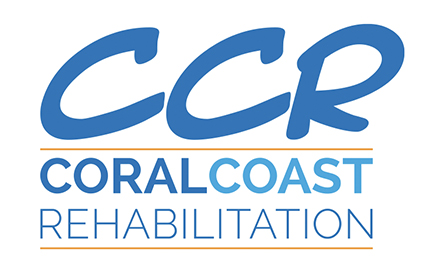VISION/EYE HEALTH
|
Our main priorities:
There are currently very limited eye care services for the southern region of Fiji. (Services are restricted to infrequent rural visits that cater for select groups of people). Such limited services means the 14 villages of Korolevu-i-wai (3,000 people) rarely receive any direct visits from either eye educators or eye checkups. Subsequently education is fundamental to what we would like to offer the people of Korolevu-i-wai. A recent cross sectional study conducted in Viti Levu in Fiji highlighted a significant prevalence of blindness (<6/60 distance acuity) and low vision (<6/18 distance acuity) (Remke, J et al. 2012). Of 1,381 adults aged over 40 years assessed across eight provinces, 2.6% were blind and 7.2% had low vision. The leading cause of blindness was cataract (71.1%) and uncorrected refractive error was the leading cause of low vision, (63.3%). Ocular trauma was also a common cause for vision impairment (20.6%) (Brian, G et al 2011). Cataracts and uncorrected refractive error leading to amblyopia are also the leading causes of avoidable vision impairment in children aged less than 15 years (Cama, A et al. 2010). While cataracts are not preventable, timely intervention can help to preserve vision in these regions (Remke, J et al. 2012). These reports have highlighted the need for eye health promotion with particular focus on preventing major causes of avoidable blindness. |

Part of the process to help assess vision using trial frames |

